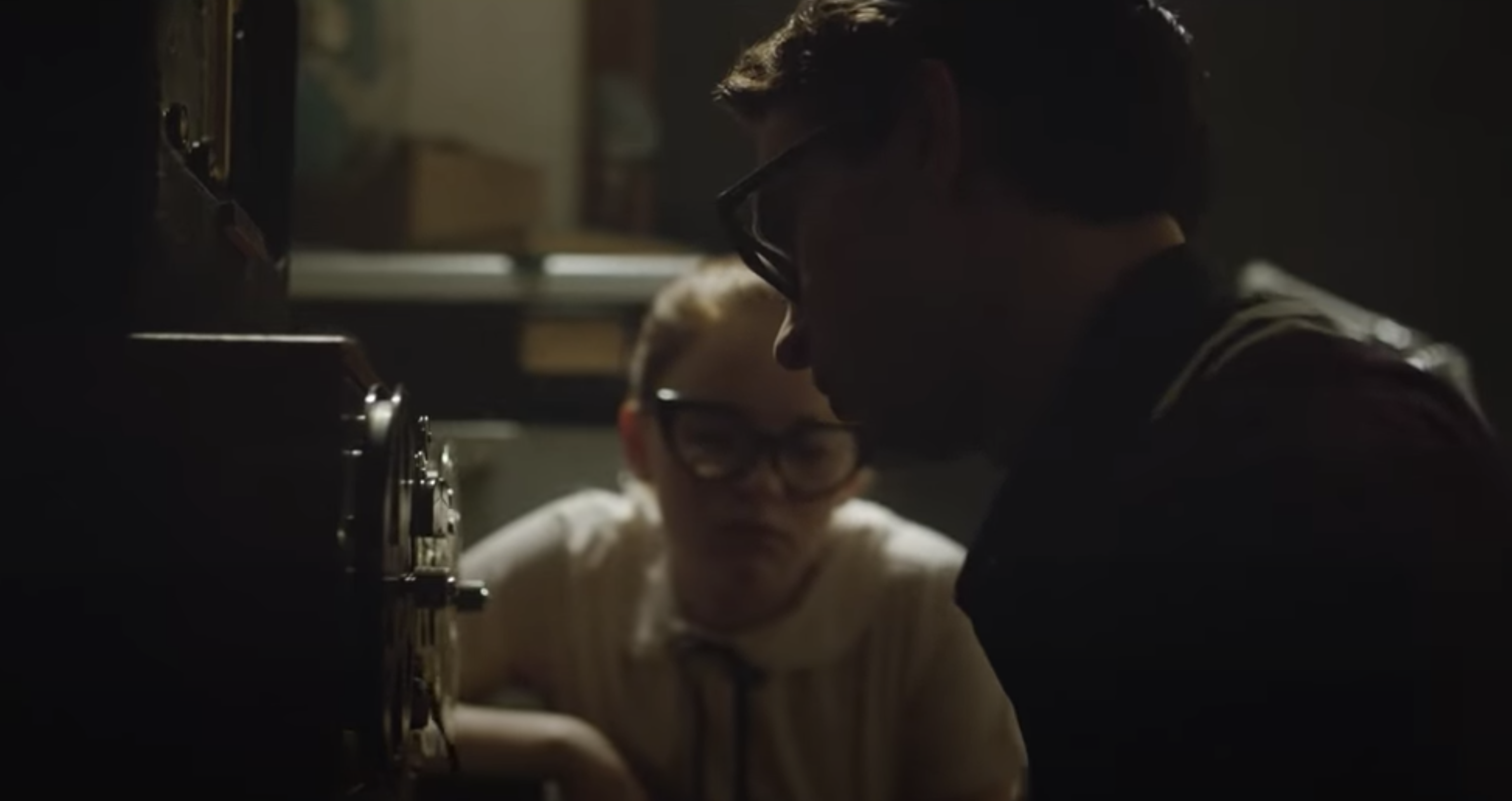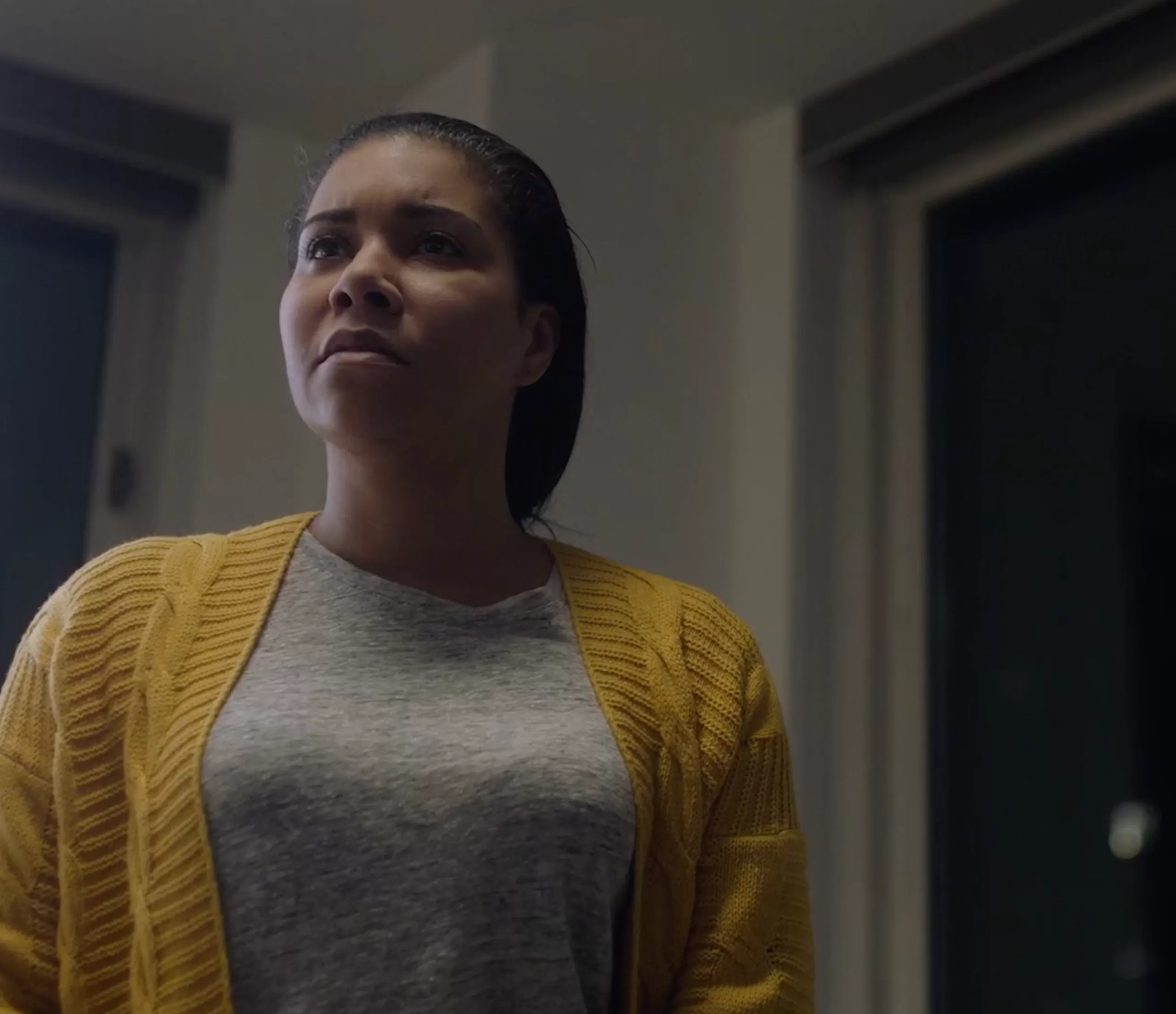Act of Valor
Act of Valor begins with the sort of sappy voice-over letter that someone should regret. Preceding the storyline (and hence the letter) directors Mike McCoy and Scott Waugh appear on camera in what looks like a pre-emptive apologia. Speaking directly to the audience, the two men explain they cast real-life, non-actor Navy Seals and their families in hopes of celebrating the real people and capturing the experience raw.
These real-life Rambos accustomed to living in the deep woods on sawgrass and toad meat soon face one of their toughest missions: hacking through the dense jungle that is the first fifteen minutes of script and rescuing a real emotion. Capturing sentiment is one thing the directors state that they hoped to do, feeling that only SEALS and their families could authentically demonstrate what it’s like to leave your family for a dangerous mission. Never mind that actors do it well all the time. The stiffness of the families in the difficult moments raises the question: why are people so uneasy about being themselves in front of a camera?
For a while it looks like this mission will be an unintentional laugh riot. As the SEALs begin slipping into body armor and gas masks, an even funnier thing happens: the film sends us on a mission–and it gets a lot better.
The audience finds itself tagging along on a moonlight jump from a cargo plane, landing in a marsh, re-assembling at the checkpoint, lining up the sniper redicle, squeezing the trigger, storming the stronghold, then being chased down a narrow dirt road by a drug cartel army, racing for a rendez-vous with a pair of gunboats. The action is of unusually prolonged intensity and that’s when Act of Valor delivers on its promise, the danger and thrill of being a Navy SEAL.
Act of Valor raises the age-old question of whether film glorifies violence. Is Act of Valor a real experience, or a hyper-real experience? Is this an unsanitized depiction, or are America’s enemies really armed with an unusually high percentage of dud ammunition? At one moment, one SEAL gets that ambiguous opportunity of hopping on a grenade and saving his friends in the name of country. Then the director presumably yelled “cut” and he went to meet the family for dinner unscathed.
Valor is also certain to raise the sort of questions about collaboration with the military that have dogged films through the years, like Top Gun or the upcoming and as-yet-untitled Kathryn Bigelow movie about Osama Bin Laden. Valor was actually initiated by the Pentagon, which gave the filmmakers sweeping access, including some of the first shots inside a U.S. nuclear submarine. Right or wrong, it raises the question of the line between art and propaganda.
But judging the politics isn’t as important here as judging the final product. While the warriors have obvious discomfort acting, and the script doesn’t help them, the action makes up for it. If the Pentagon wanted an exciting feature-length recruitment film, it got its money’s worth.
news via inbox
Nulla turp dis cursus. Integer liberos euismod pretium faucibua



You might be and probably are a godless, ungrateful, immature anti-American liberal if you can’t find something good to say about our military and the sacrifices they have made and continue to make.
@themoviedownloads The moment the U.S. military stops “sacrificing” the lives of millions of others while terrorizing the planet, it can be worthy of “something good to say”.